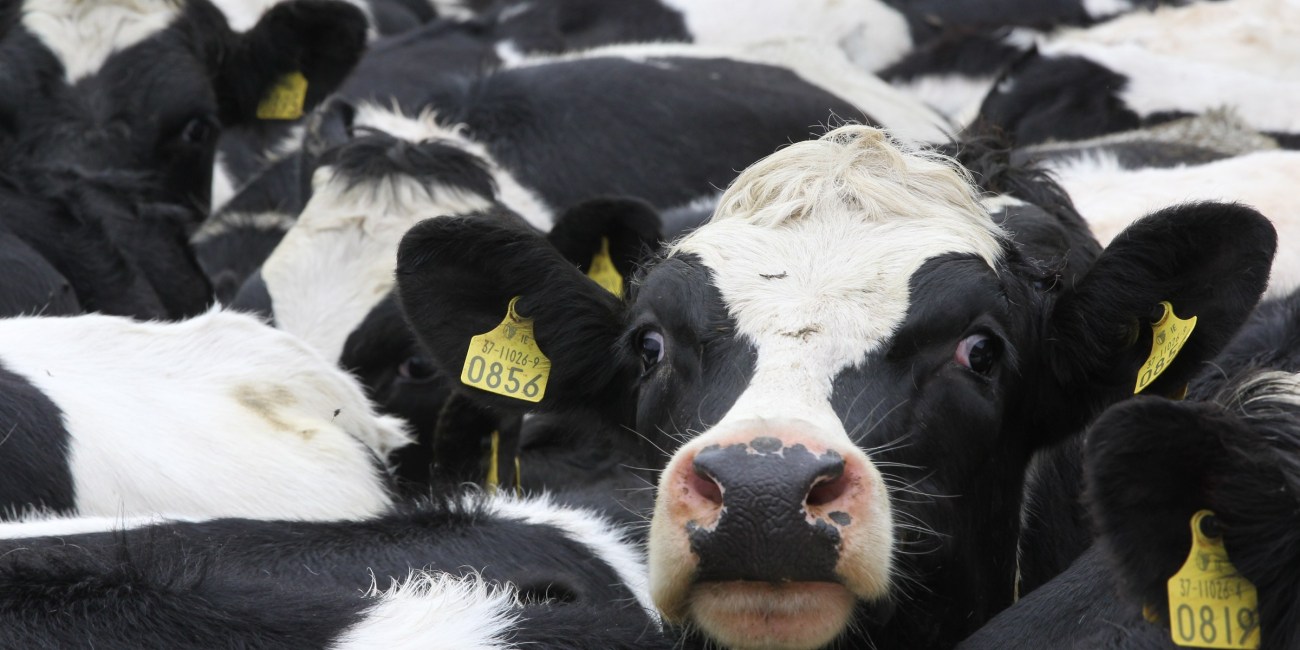
Animal Health remains a priority on farm – Leptospirosis in cattle – Bovilis
As calving comes to an end, focus turns to breeding management. Selecting the correct genetics is vital to the performance of the herd and in order to Leptospirosis is a disease that cattle are exposed to while at pasture and can effect their reproductive performance.
Read more about Animal Health remains a priority on farm – Leptospirosis in cattle – Bovilis




